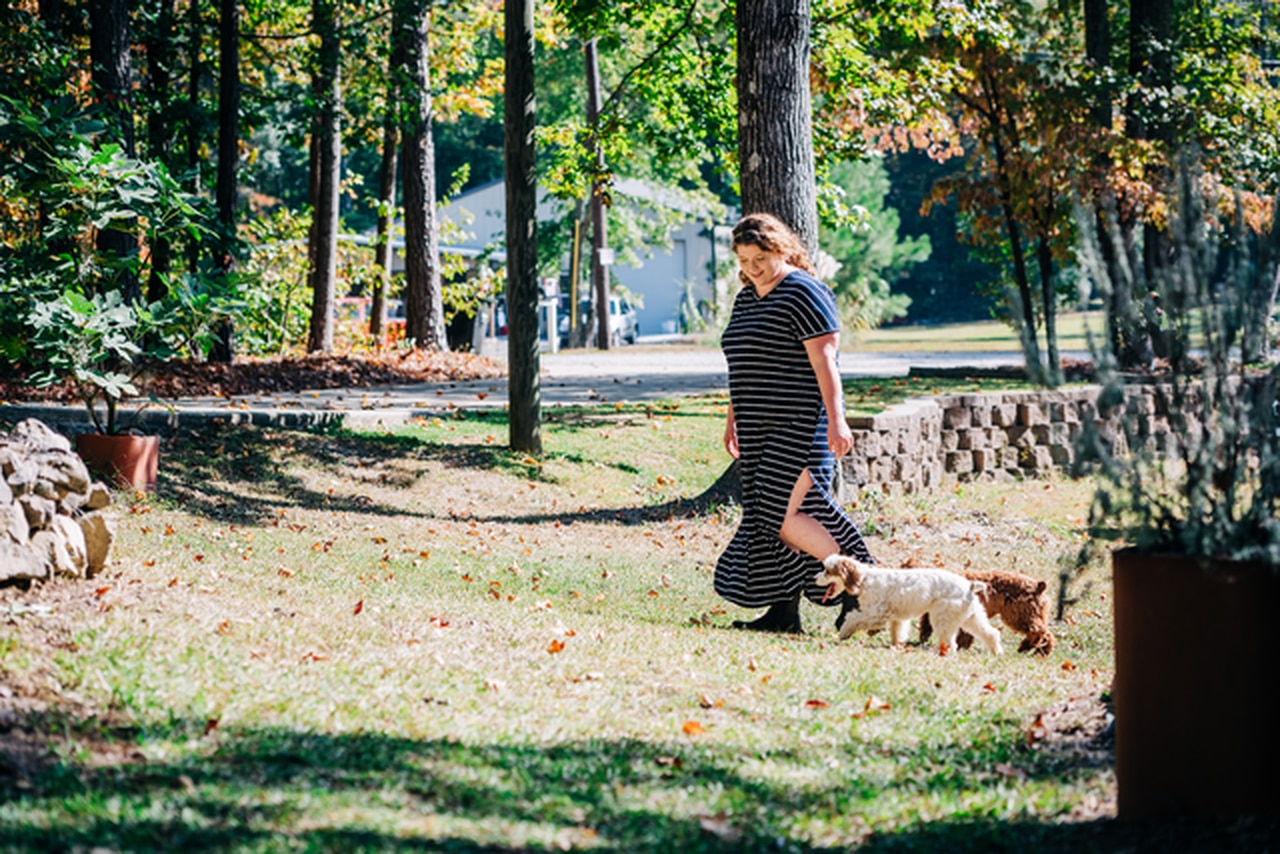Alabama native who nearly lost leg to copperhead snakes will walk down aisle thanks to UAB experts
Raela Wells feared she may never walk again after she landed in the hospital when a copperhead snake bit her twice last summer.
Thanks to experts at UAB Hospital, the Alabama native’s leg was saved, and Wells plans to walk down the aisle at her wedding in November.
She was frozen in pain when the copperhead struck one summer night.
“I was letting my dogs out in our front yard when I felt an unusual prick and turned on my phone flashlight only to see a snake by my foot,” Wells said. “I tried to run away but suddenly could not move as pain started shooting through my leg. That was when the snake took another jab at me.”
After calling 911, Wells and her family looked up how to treat a snake bite on the Internet but they were met with conflicting information.
“One website would say to ice the bite, and another emphasized never to ice it,” Wells said. “I was in tremendous pain, scared and had no clue what I was supposed to do.”
Wells was sent to a local hospital, where physicians got in touch with Dr. William Rushton, a medical toxicologist at UAB’s medical school and medical director of the Alabama Poison Control Information Center at Children’s of Alabama.
Rushton also co-directs the Comprehensive Snakebite Program at UAB and Children’s, a program designed to provide comprehensive follow-up care after a bite for anyone envenomated in the state of Alabama.
Rushton recommended Wells receive antivenom, and the hospital gave the Alabama native nine vials to counteract the effects of the snake’s toxins.
After she was discharged, Wells’ leg remained swollen and was covered in bruises. A shooting pain continued up her leg and Wells was barely able to walk.
The poison center set up a follow-up appointment for Wells at the UAB Wound Care Clinic.
“When Raela visited the clinic, my first goal was reassurance,” Rushton said. “She was worried that she may never walk again or may lose part of her leg. I assured her that we had the experience and expertise to get her back to normal and would keep working with her until then.”
Rushton and Dr. William Greene, associate professor in the Department of Emergency Medicine and a wound care expert, evaluated Wells.
“She was experiencing the local toxic effects of copperhead venom, which results in skin and soft tissue damage that presents as bruising,” Greene said. “It can also limit functionality for months without treatment. Even with two bites, she responded well to antivenom, which helped prevent large wounds and considerable soft tissue loss.”
Wells was put in a walking boot after the follow-up appointment along with referrals to physical therapy to improve the range of motion in her leg.
“Dr. Rushton and Dr. Greene took the time to answer all of the questions we had since the beginning of this journey,” she said. “I learned more in the first 10 minutes speaking with them and the team than compared to what I found online.”
Since her second visit to the clinic, which has had 92 referrals and 32 patients since opening in July 2021, Wells’ swelling and pain had drastically subsided. Her mobility slowly returned, and she was walking with a boot. With a few more physical therapy sessions, her UAB team expects she will make a full recovery.
“I am getting married in November, and my goal is to be able to walk down the aisle,” Wells said. “Thanks to my UAB team, that dream will be a reality.”
